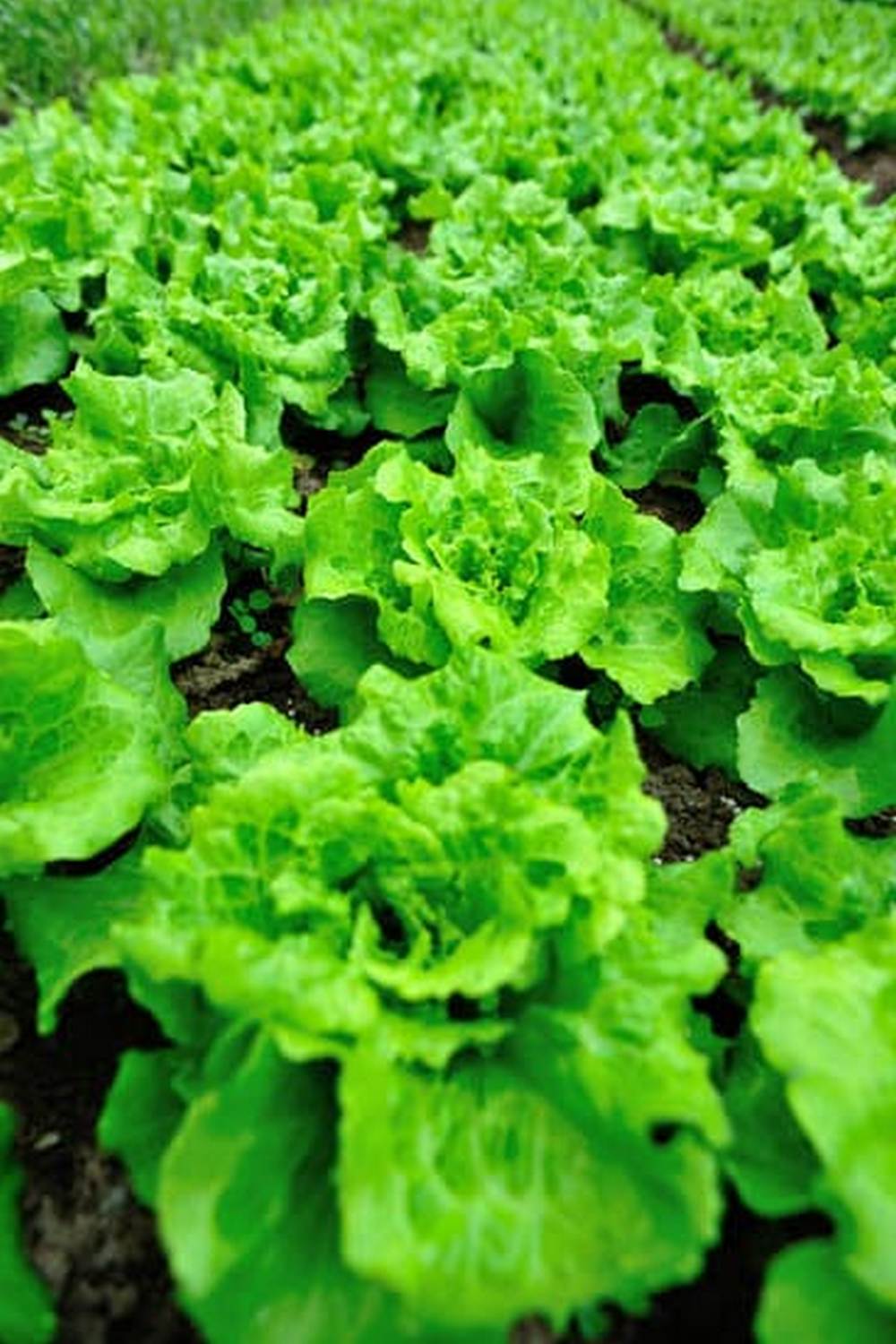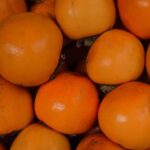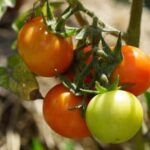Perennial vegetables, such as artichokes, asparagus, and rhubarb, offer unique benefits for gardeners looking to cultivate a sustainable and low-maintenance garden. Unlike annual vegetables that require replanting each year, perennial vegetables can provide a continuous harvest with the right care and attention. In this article, we will explore the concept of perennial vegetables and delve into the process of growing and maintaining some popular varieties in a home garden.
When it comes to cultivating perennial vegetables, understanding their growth patterns and maintenance requirements is crucial for success. From the versatile artichoke plant to the robust asparagus and the tart rhubarb, each perennial vegetable offers its own set of rewards and challenges for gardeners. By incorporating these plants into your garden, you can enjoy a consistent supply of fresh produce year after year.
In the following sections, we will discuss specific perennial vegetables, such as Jerusalem artichokes, horseradish, and Chinese water chestnuts. By providing insights into their cultivation and uses in a garden setting, we aim to equip readers with the knowledge needed to embrace the diversity of perennial vegetables and maximize their potential for a continuous yield.
Whether you are new to gardening or an experienced enthusiast, this comprehensive guide will help you explore the world of perennial vegetables and unleash their full benefits in your garden.
Artichokes
Perennial artichokes are a great addition to any home garden, providing a bountiful harvest year after year. These unique vegetables not only offer delicious and nutritious edible buds but also add ornamental value to the garden with their large, spiky leaves and striking purple flowers. With the right care and attention, perennial artichokes can thrive and continue to produce for many years.
Growing Artichokes
To grow perennial artichokes in your home garden, it is important to start with healthy, disease-free plants. Artichokes are typically grown from root divisions or transplants rather than seeds. Choose a sunny spot in your garden with well-drained soil for planting. It is recommended to space artichoke plants about 4-6 feet apart to allow for their expansive growth.
Caring for Artichokes
Once established, perennial artichokes require regular watering and feeding to encourage healthy growth and abundant yields. Mulching around the base of the plants can help conserve moisture and suppress weeds. During the growing season, it is essential to remove any suckers that emerge from the base of the plant to ensure that the energy is directed toward producing larger buds.
Harvesting Artichokes
Artichokes should be harvested when they reach a suitable size, typically before they begin to open and reveal their purple flowers. Use a sharp knife to cut the stems just below the bud, taking care not to damage surrounding foliage. Regularly harvesting mature buds will promote new growth and keep the plants productive throughout the growing season.
By following these tips for growing and caring for perennial artichokes in your home garden, you can enjoy a continuous supply of this delectable vegetable while adding beauty and interest to your outdoor space.
Asparagus
When planting asparagus crowns, which are the root systems of the plant, dig trenches that are about 12 inches deep and 18 inches wide. Space the crowns about 18 inches apart within the trench and cover them with soil.
As asparagus plants are long-term perennials, it is crucial to be patient during the first few years of growth. It is recommended not to harvest any spears during the first two years after planting to allow the roots to establish and strengthen.
Once established, perennial asparagus plants will produce tender spears that can be harvested in spring for several weeks. Snap or cut the spears when they reach about 6-8 inches in height, and do so before they start to open up into fern-like foliage.
Regular harvesting will encourage more spear production and ensure ongoing yields from your asparagus patch. With proper care and attention, perennial asparagus plants can provide an abundant harvest for many years, making them an excellent addition to any gardener’s vegetable patch.
Rhubarb
Here are a few tips for successfully growing and maintaining rhubarb as a perennial vegetable:
- Choose the right location: Rhubarb plants thrive in well-drained soil with plenty of sunlight. When selecting a spot for your rhubarb patch, make sure to choose an area with rich, fertile soil and good drainage. Additionally, rhubarb plants should be spaced about 3 feet apart to allow for ample room to grow.
- Planting and care: Rhubarb can be propagated from crowns or seeds, but crowns are the preferred method as they establish quickly. Plant the crowns in early spring or fall and water them regularly, especially during dry spells. Mulching around the plants can help retain moisture and suppress weeds.
- Harvesting: It’s important to allow rhubarb plants to become established before harvesting any stalks. Typically, you should wait until the second year after planting before harvesting any rhubarb stalks. When it comes time to harvest, simply pull the stalks away from the base of the plant-do not cut them-as this can lead to rotting.
By following these tips, gardeners can enjoy a plentiful harvest of rhubarb year after year. Whether used in sweet or savory dishes, rhubarb is a versatile and resilient perennial vegetable that is sure to delight both gardeners and cooks alike.
Jerusalem Artichokes
Perennial vegetables, from artichokes to zuiki taro, offer a sustainable and low-maintenance option for home gardeners. Unlike annual vegetables that need to be replanted each year, perennial vegetables are planted once and continue to produce harvests year after year. This not only saves time and effort for gardeners but also reduces the need for tilling, which can help improve soil health and reduce erosion.
One popular perennial vegetable is the Jerusalem artichoke, which is not actually an artichoke but a type of sunflower. These tubers are easy to grow and can thrive in a variety of soil types. They are also known for their ability to produce high yields, making them a great addition to any home garden. In addition, Jerusalem artichokes contain inulin, a type of soluble fiber that can benefit gut health.
Another perennial vegetable that is gaining popularity among home gardeners is asparagus. Asparagus plants can produce delicious spears for up to 20 years when properly cared for. They are also rich in nutrients such as vitamin K, folate, and potassium. With the right techniques for planting and maintenance, asparagus can provide a bountiful harvest year after year.
When considering perennial vegetables for a home garden, it’s important to research each specific plant’s needs and requirements. From soil conditions to sunlight exposure, understanding the unique characteristics of each plant will ensure a successful harvest season after season. With proper planning and care, these perennial vegetables can provide a continuous supply of fresh produce without the need for annual replanting.
| Perennial Vegetable | Benefits |
|---|---|
| Jerusalem Artichokes | High yields and gut health benefits from inulin content |
| Asparagus | Nutrient-rich spears produced for up to 20 years with proper care |
Horseradish
Horseradish is a hardy, perennial vegetable that can be a valuable addition to any home garden. Known for its pungent flavor and aromatic roots, horseradish adds a unique and spicy kick to dishes and can also provide numerous health benefits. This article will explore the cultivation and uses of perennial horseradish in a garden setting, providing valuable insight for both new and experienced gardeners.
Cultivating horseradish is relatively straightforward, making it an ideal choice for those looking to incorporate perennial vegetables into their gardens. To begin, select a sunny spot with well-drained soil for planting. Horseradish can thrive in various soil types, but it prefers loose, rich soil that is free of rocks and debris. Planting horseradish root cuttings in the spring or fall will yield the best results, as they are cold-hardy plants that can withstand harsh winters.
Once established, horseradish plants require minimal maintenance. Regular watering and occasional weeding are essential during the growing season to ensure healthy growth. As perennial vegetables, horseradish plants will continue to produce year after year with proper care, making them a low-maintenance yet rewarding addition to any garden. Harvesting the roots is typically done in the fall or early spring when they reach a desirable size, providing gardeners with a fresh supply of this flavorful vegetable throughout the year.
In addition to its culinary uses, horseradish offers several health benefits due to its high content of vitamins and minerals. From promoting digestion to boosting immunity, incorporating horseradish into your diet can have positive effects on overall well-being. Whether used in sauces, dips, or garnishes, perennial horseradish is a versatile vegetable that can elevate the flavor profile of many dishes while contributing to a healthier lifestyle.
Chinese Water Chestnuts
When it comes to perennial vegetables, Chinese water chestnuts are a unique and versatile option for home gardeners looking to add diversity to their crops. These crunchy and flavorful tubers are not only delicious but also relatively easy to grow with the right conditions and care. Here’s a guide on how to successfully cultivate and harvest Chinese water chestnuts in your own garden.
Growing Conditions
Chinese water chestnuts thrive in wet or marshy conditions, making them an ideal choice for gardeners with access to a pond, stream, or other water source. They prefer full sun but can tolerate partial shade. The soil should be rich and loamy, with a slightly acidic pH level.
It’s important to ensure that the soil is consistently moist throughout the growing season. If you don’t have natural access to a water source, you can create a small bog or container garden for your Chinese water chestnuts.
Planting and Care
To plant Chinese water chestnuts, start by soaking the corms (bulb-like structures) in warm water for a few hours before planting. Then, plant them in shallow depressions in the soil or containers, making sure they are completely covered with about 2 inches of soil on top. Keep the soil consistently moist but not waterlogged, as too much water can cause the corms to rot. Fertilize the plants regularly with a balanced fertilizer to promote healthy growth.
Harvesting
Chinese water chestnuts are typically ready to harvest about 6-7 months after planting. The plants will produce green foliage and small white flowers before the corms are ready for harvesting. When harvesting, carefully dig up the corms from the soil or containers, being gentle so as not to damage them. Once harvested, these versatile vegetables can be enjoyed raw, cooked, or pickled and will provide a unique addition to your culinary repertoire.
Overall, Chinese water chestnuts are an excellent choice for gardeners looking to expand their perennial vegetable options while enjoying a bountiful harvest year after year.
Conclusion
In conclusion, the wide variety of perennial vegetables available to gardeners offer a myriad of benefits. From artichokes to zuiki taro, these plants provide a continuous yield with the right care and attention, making them an excellent addition to any home garden.
One of the key advantages of perennial vegetables is their ability to regrow year after year, reducing the need for replanting and saving both time and effort for the gardener. Additionally, many perennial vegetables are known for their hardiness and resilience, making them low-maintenance options for those looking to cultivate a sustainable and productive garden.
Another benefit of growing perennial vegetables is their nutritional value. Many of these plants are packed with essential vitamins and minerals, offering a healthy and flavorful addition to any diet. Asparagus, for example, is rich in folate and Vitamin K, while rhubarb is a good source of calcium and Vitamin C. By incorporating a diverse range of perennial vegetables into their gardens, growers can ensure a steady supply of nutrient-dense produce throughout the year.

If you’re looking to get into vegetable gardening, or are just looking for some tips on how to make your current garden better, then you’ve come to the right place! My name is Ethel and I have been gardening for years. In this blog, I’m going to share with you some of my best tips on how to create a successful vegetable garden.






